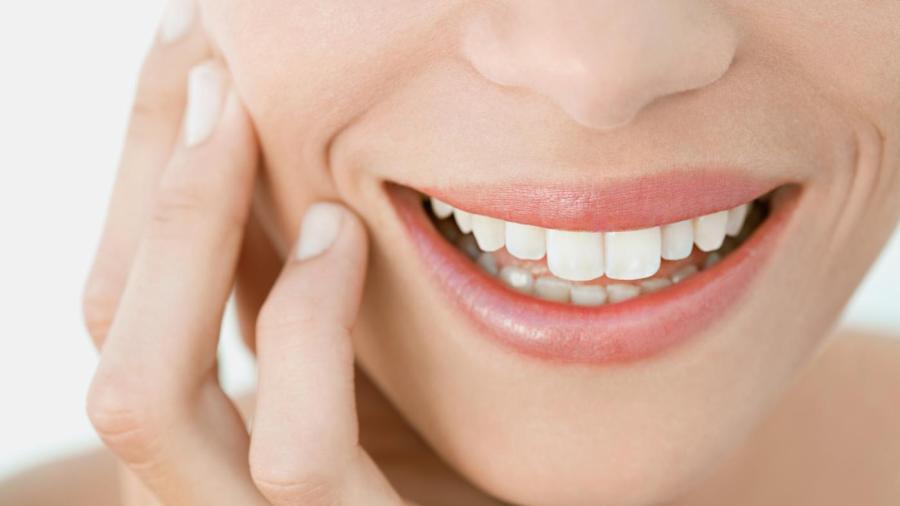How Do I Correct a Tooth Decalcification?

Several options exist to recalcify teeth, depending on the severity of the decalcification. Over-the-counter and prescription toothpastes containing calcium and phosphorus can help remineralize teeth, as can prescription-strength fluoride toothpastes, according to AskAnOrthodontist.com. The recalcification process can take several months. If the toothpastes do not work, a dentist can fill the decalcified area on a tooth with an infiltrating resin, called Icon, that repairs the tooth.
Though teeth can often be recalcified, good oral hygiene can prevent decalcification. Decalcified areas appear as white spots on the teeth. Such white spots are commonly revealed when braces are removed because good oral hygiene can be difficult to maintain around the brackets and wires of braces. According to Dentistry Today, the white spots appear where plaque bacteria have breached tooth enamel and leached out minerals lying underneath. Eventually, the loss of minerals underneath the enamel weakens it, leading to a cavity.
Remineralization can reverse decay by replacing the calcium and phosphorus underneath the enamel. Other causes of decalcification include trauma, acid reflux, bulimia, tetracycline staining and consuming highly acidic foods or beverages, such as lemons, carbonated soft drinks or sports drinks. If toothpastes or Icon are not effective, the dentist can recommend tooth whitening or veneers.





